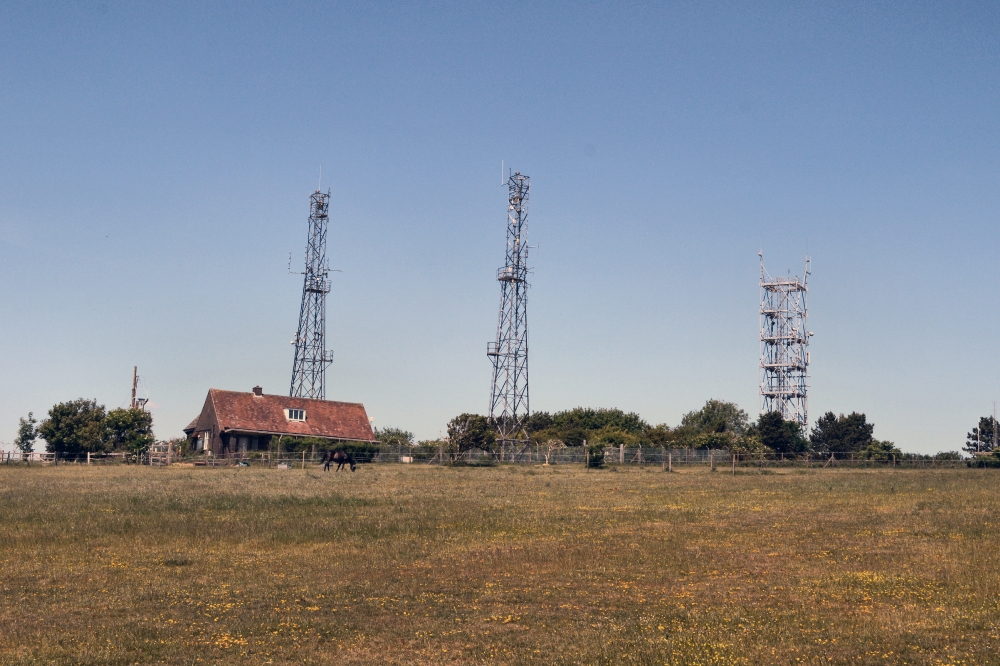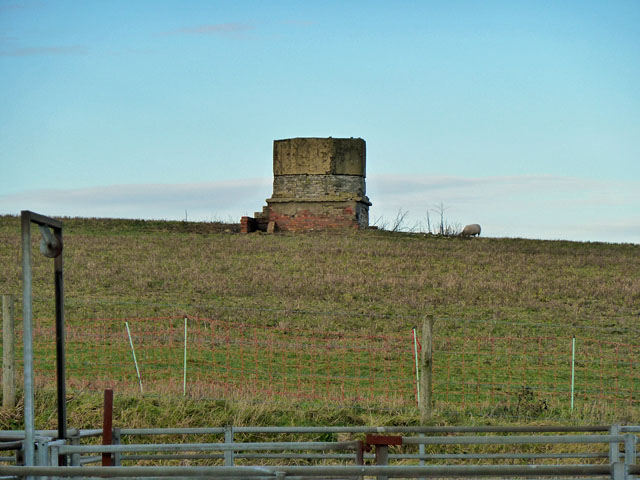Site of RAF Truleigh Hill
On 26th February 1935, the same day that Adolf Hitler announced the creation of the German Luftwaffe, Britain was conducting its first radar test in a field near Daventry in Northamptonshire. The men leading this test were Air Ministry scientist A.P. Rowe, Robert Watson Watt and his assistant Arnold Wilkins from the Radio Department at the National Physics Laboratory with their driver in a Morris Minor.
Their tests in Radio Detection and Ranging (RDF) , later changed to Radar Detection and Ranging (radar), were successful and with funding made available these three scientists lead to the establishment of the first 20 Chain Home (CH) Radar sites for the RAF. Watson-Watt and Wilkins had visited Truleigh Hill around February 1938 but it was not initially chosen as a Chain Home site. It was already realised that CH was unable to detect low flying aircraft or shipping so Chain Home Low was developed and truleigh Hill became one of 27 sites around the coast.
RAF Truleigh Hill became operational on 6th July 1940 manned by approximately 40 airmen and women operators, but as further radars and the GEE Navigational system were added during the war, the operating staff rose to 177 plus all the support personnel. Reports from CHL at Truleigh Hill were passed to nearby RAF Poling, a Chain Home radar site, and then onto RAF Stanmore and by November 1941 it was also tacking shipping. The site continued to be updated with new and additional radars and the GEE system until the end of the war in Europe. Activity at Truleigh hill diminished although the GEE station was kept going. As the 'Cold War; began to develop, plans were made for a new radar system, ROTOR, and Truleigh Hill was selected to be one of 28 stations on the south and east coast to host the underground radar facilities. Entrance to the facility was through a guardroom disguised as a bungalow. Truleigh Hill became the first operational ROTOR system in the country in November 1952, although the guardroom wasn't completed until March 1953. The site was designed to withstand the effects of a 20 kiloton nuclear explosion nearby. The base remained operational until 1957 until the Type 80 radar offered grater range and capabilities and the base closed down and much of the equipment removed. The underground bunker, the guardroom (Bungalow) and WW2 direction finding building exist in private hands. The masts visible are a much later BBC installation.
Do you have more information about this location? Inform us!
Source
- Text: Shorehambysea.com
- Photos: Anthony (Sharky) Ward (1), Simon Carey (2), Robin Webster (3)
Nearby
Point of interest
- Dome Trainer Shoreham Airport - Shoreham-by-Sea
- Cecil Pashley Tribute - Shoreham-by-Sea
- Shoreham Airport - Shoreham-by-Sea
Monument
- War Memorial St. Nicholas Church Shoreham-by-Sea - Shoreham-by-Sea
- Memorials St Mary de Haura Church - Shoreham-by-Sea
- 1st & 2nd Boer War Memorials St Mary De Haura Church Shoreham-by-Sea - Shoreham-by-Sea
Cemetery
- Commonwealth War Graves Old Shoreham Cemetery - Shoreham-by-Sea
- Commonwealth War Graves Shoreham-by-Sea Cemetery - Shoreham-by-Sea
- Commonwealth War Grave St. Botolph Churchyard - Botolphs
Fortification
- Anti Tank Obstacle Shoreham - Shoreham-by-Sea
- Pillbox FW3/24 Shoreham - Shoreham
- Anti-Tank Pillbox Shoreham - Shoreham






